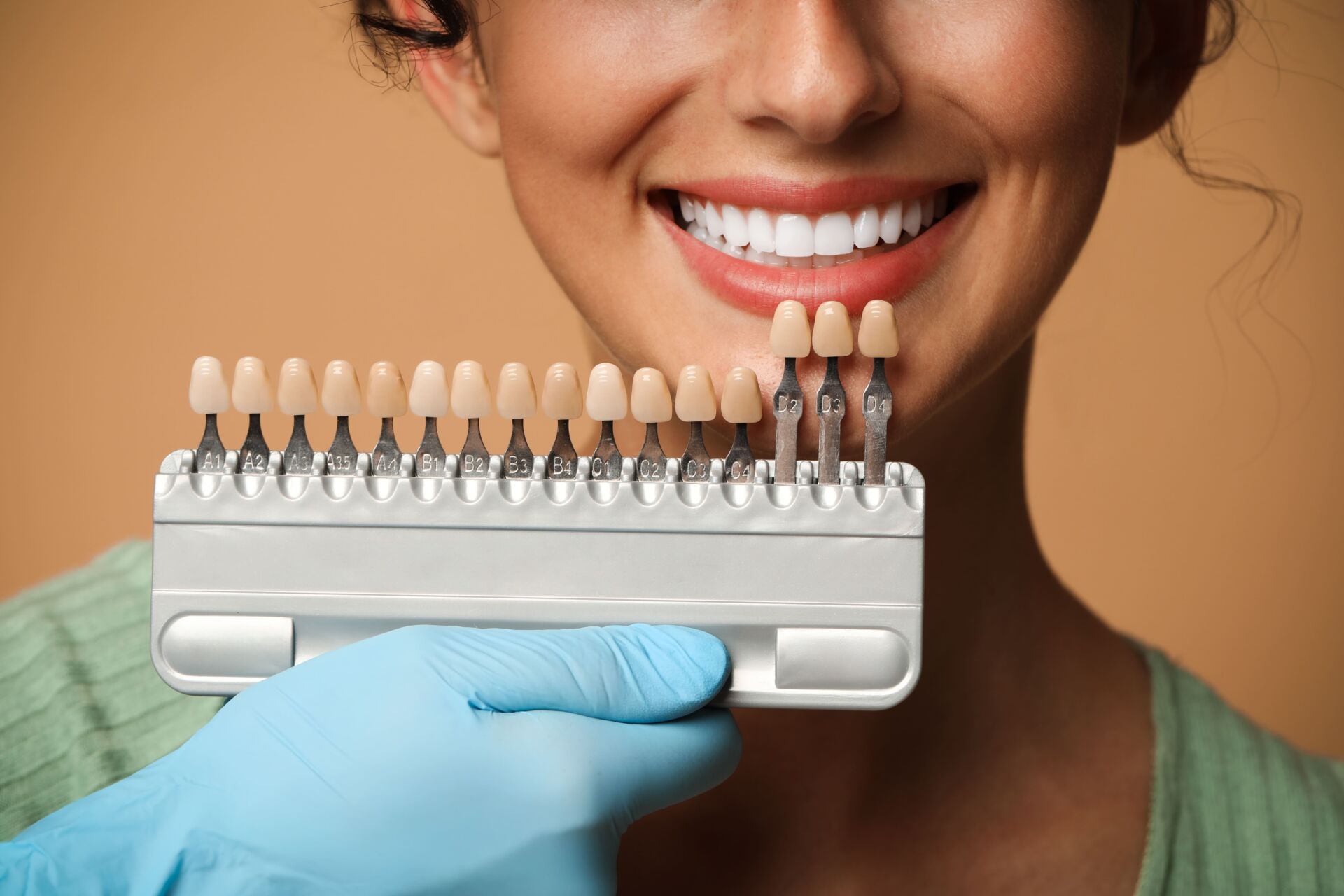There are many reasons to undergo orthodontic treatment, from simply wanting a straighter smile to needing treatment for temporomandibular joint disorders or to eliminate a bad bite. With all these benefits to wearing braces, orthodontic treatment is well worth the cost. But one commonly believed benefit of orthodontic treatment in general has been recently discovered to be untrue, and it may take you by surprise. A recent study from the University of Adelaide in Australia found that the commonly held belief that realigning the teeth makes patients less likely to develop cavities and tooth decay is simply not true. The theory was that better alignment allowed for easier brushing and flossing – and while this is usually still true, what isn’t true is the notion that the teeth somehow require less care post-orthodontic treatment than before orthodontic treatment. The study looked at dental records from patients from ages 13 to 30, tracking their oral care habits. It also monitored the number of filled, lost and decayed teeth. Researchers found no difference in the rates of these dental issues among those who wore braces in the past and those who didn’t. So, what does this mean? It means that orthodontic treatment is not a free pass to neglect your oral hygiene, and proper care – including brushing and flossing – is still necessary to maintain your oral health. To learn more about proper oral health and care following braces, please contact Dr. George’s office at 724-220-2347.




